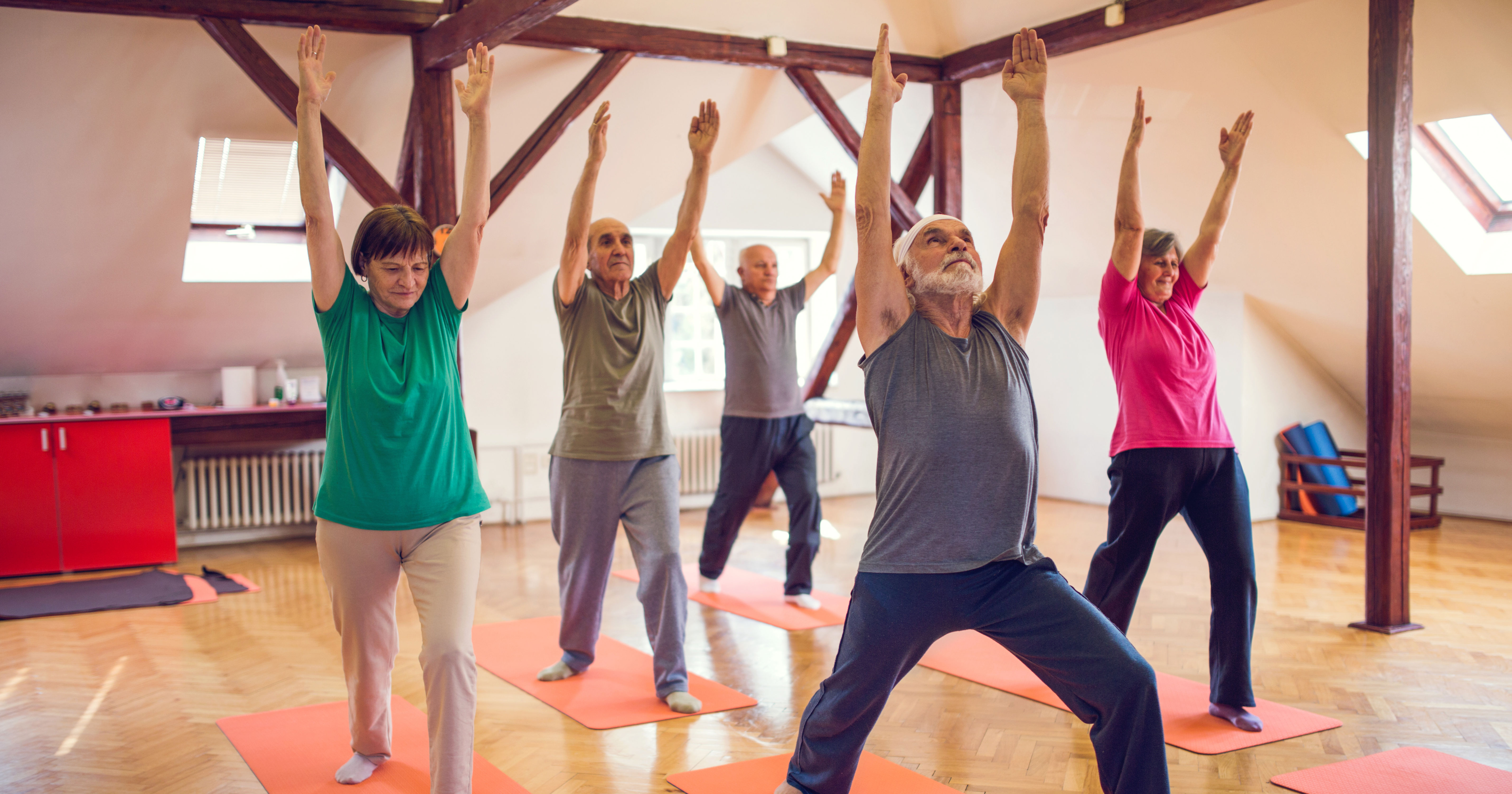
Limited Range of Motion
Limited range of motion and increasing range of motion are often discussed, but what does that really mean and why is range of motion such a big deal?
Reduced range of motion places increased strain on the joints and ligaments surrounding restricted joints. In the spine for instance, if one joint segment is restricted when turning, some of the motion available may have to be made up by the segments above and below.
Joint motion is ideally within a certain range appropriate for that joint. Although decreases below this ideal range are more common, excessive motion is a possibility as well and can lead to similar problems as decreased range of motion including potential ligament or cartilage wear and damage. Slack joints with excess movement can result in repeated sudden tension on the ligaments.

Joints Degrade Without Motion
Joints degrade without motion. When immobilized for long periods, cartilage surfaces of the joints degrade and break down. Ligament strength weakens as well. The muscles that support and act on such a restricted joint atrophy and weaken with disuse. The cartilage within the joint capsule receives nutrition by passive diffusion. Movement of the joints helps pump fluid through the joint capsule and structures including the cartilage. Lack of nutrient supply when joint movement is severely restricted prevents proper healing and limits the normal upkeep processes of the cartilage. The ligaments have a similar issue with nutrient supply as the cartilage does. Although ligaments often have a blood supply, this blood supply is limited as unlike muscles, the ligaments don’t expend large amounts of energy to contract and apply force. Many ligaments receive most of their nutrition through passive diffusion the way cartilage does. Therefore, the ligaments don’t have as much access to nutrients as the muscles and heal more slowly when injured.

Body Position and Range of Motion
Often range of motion limitations are due to poor body positions, and result in the range of motion available being such that your body is placed in a weakened position. An example would include having chronic head forward posture, where you can turn and move your neck to see, but where retraction of the head and neck is restricted and difficult. This position brings forward the center of mass and results in the weight of the head leveraging against the back, placing increased force on the body.
Another example is restricted hip joint extension from frequent prolonged sitting. Limited hip extension can change the biomechanics of the body when walking. When walking, your leg needs to be able to extend far enough back to allow your body to move forward. Limitation of extension with tight hip flexors can result in the hip flexors pulling on the back and pelvis. Further limitation may require increased low back curvature and tilting the pelvis forward to allow enough motion to walk. This places increased strain on the low back and pelvis where there would not be if the hip had enough range of motion to fully perform its function. The back normally provides support and stability when walking. Adding the responsibility of moving to account for hip inflexibility decreases the ability of the back to provide stability, and increases the chances of injury.

Range of Motion After an Auto Accident
Auto accidents are a common cause of acute reduced range of motion. Motion in the joints is normally kept within safe limits by the ligaments so as not to damage the joint structures including the cartilage. With an injury that damages and stretches the ligaments, such as those often experienced in an auto accident, the ligaments are unable to perform their function correctly. It is common for the vertebral segments in the neck and back to move into a straight position, rather than maintaining the normal curves of the neck and back as this limits shear, or translational force, and results in increased compression force, which is handled by the bone structure. Range of motion is reduced due to the decreased function of the injured ligaments. The muscles have to constantly work to maintain this position, fatigue, and frequently develop overuse symptoms until the ligaments can handle the shear force needed for more normal range of motion.
The examples above are common in many people to varying degrees and you yourself may be suffering from these issues. As we can gather, early joint restriction does not necessarily prevent us from performing tasks, but can require our bodies to compensate for limited motion by recruiting other areas to contribute to the motions necessary, where they normally would not or would perform support tasks such as providing stabilization for a motion. Your body does have a great ability to compensate for limitations in movement. Associated wear and symptoms often develop over years, but can also be quite debilitating. Low back pain is the single leading cause of disability worldwide, and often biomechanical problems and restricted range of motion are contributors.

Range of Motion & Stretches
Stretches and exercises to improve range of motion are not difficult but need to be practiced regularly. Chiropractors are well positioned to provide instruction in exercises that can improve your range of motion and body biomechanics. Chiropractic manipulation directly restores motion to restricted joints and can provide quick results. Contact your Chiropractor if you are suffering from reduced range of motion and joint restriction.


